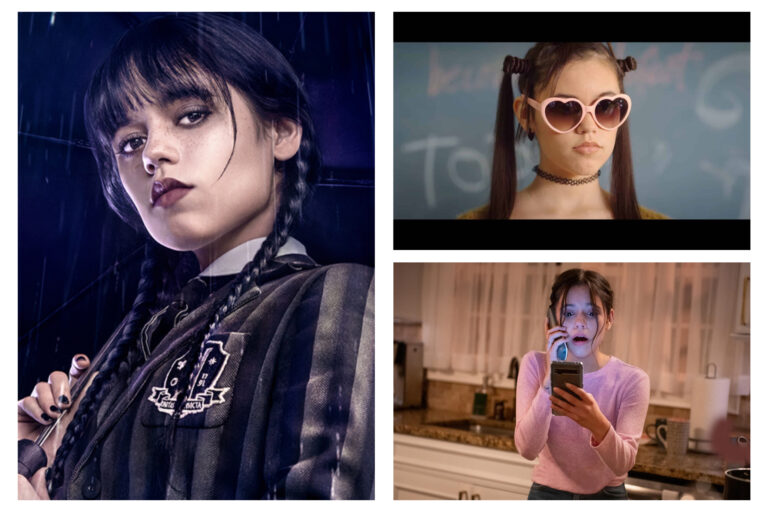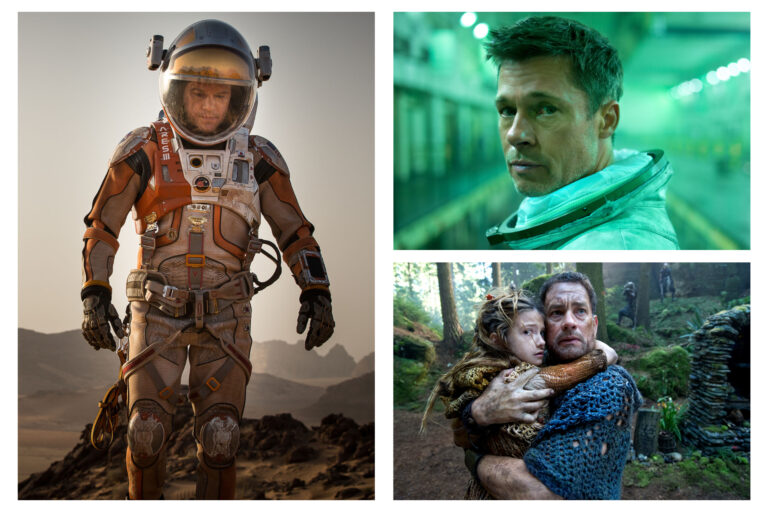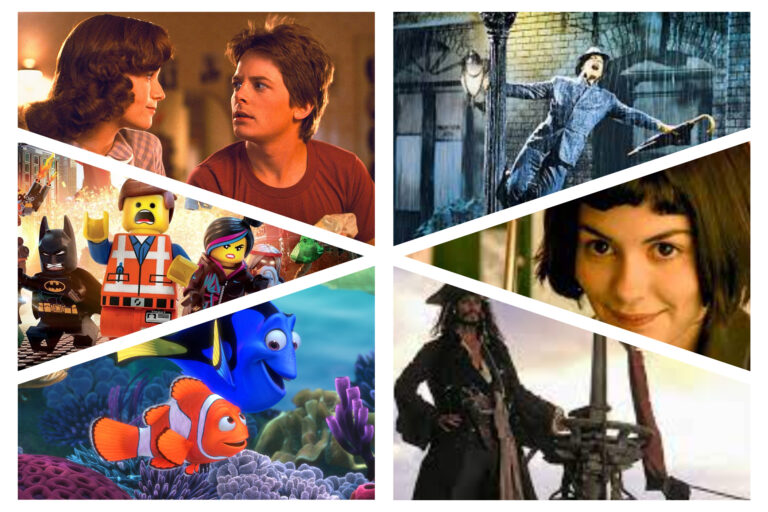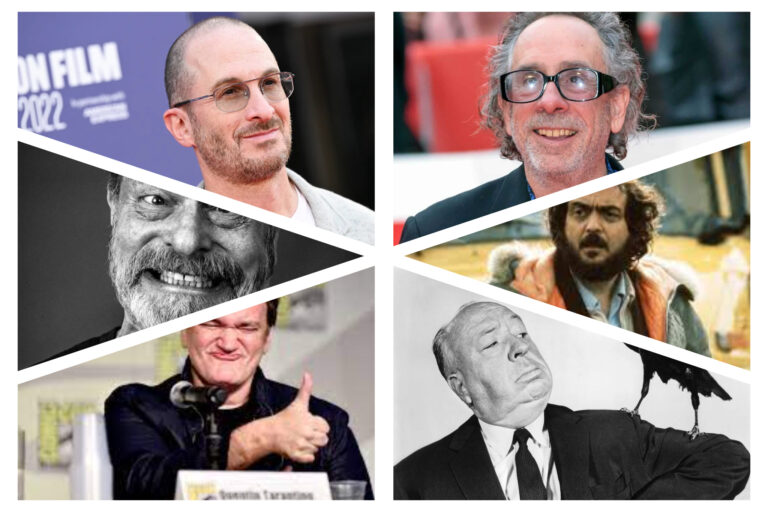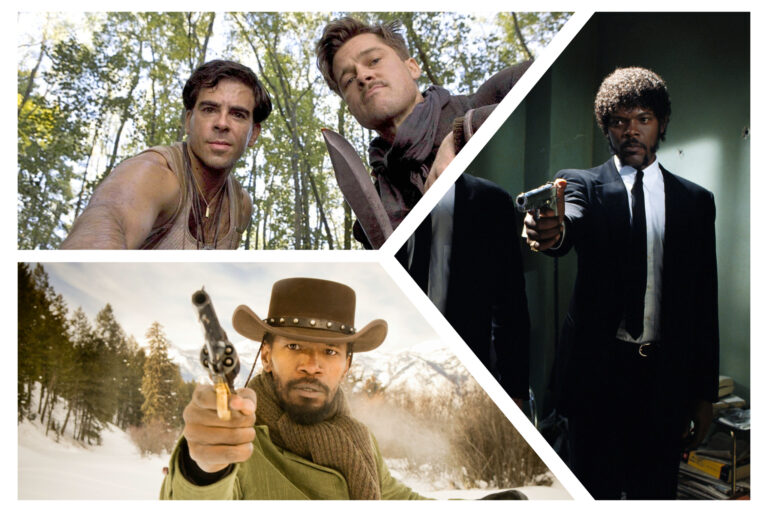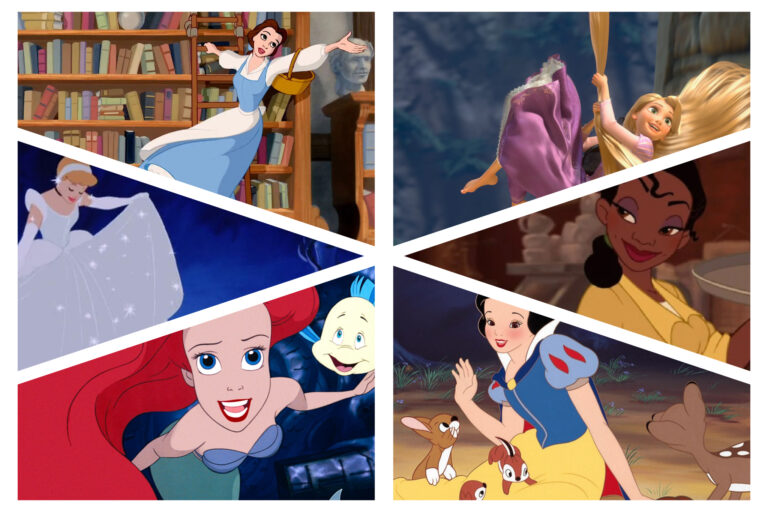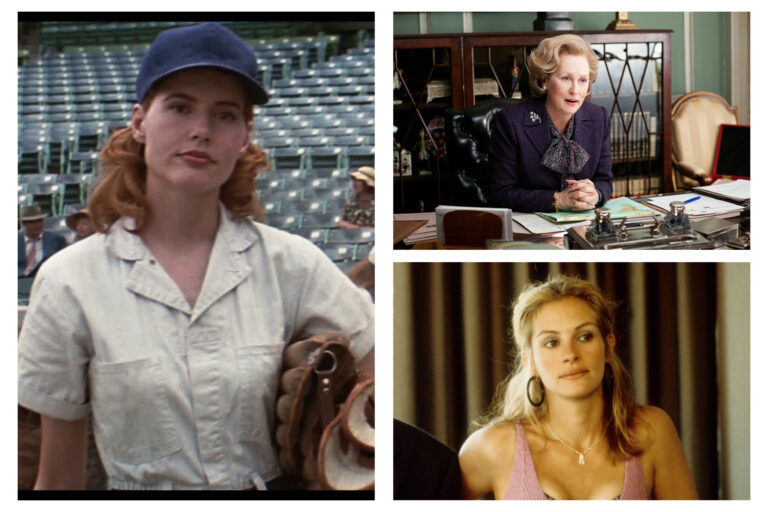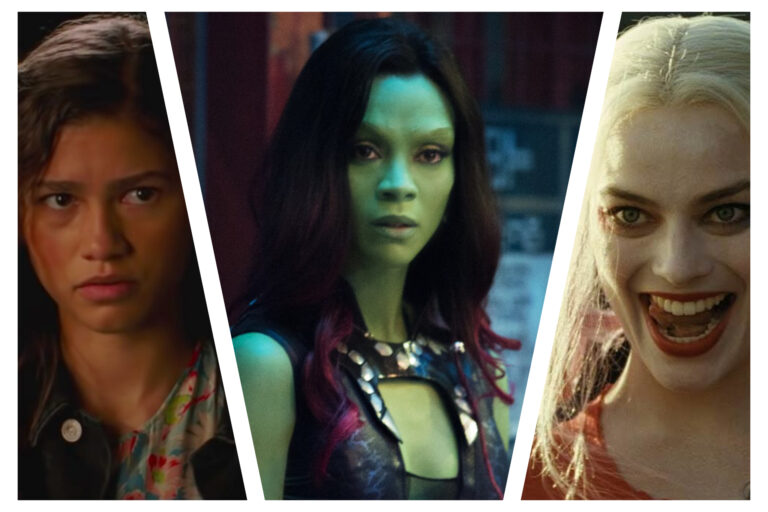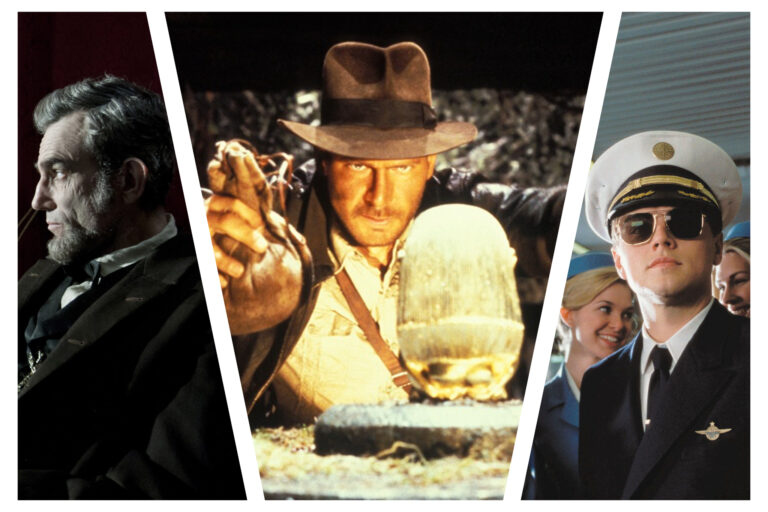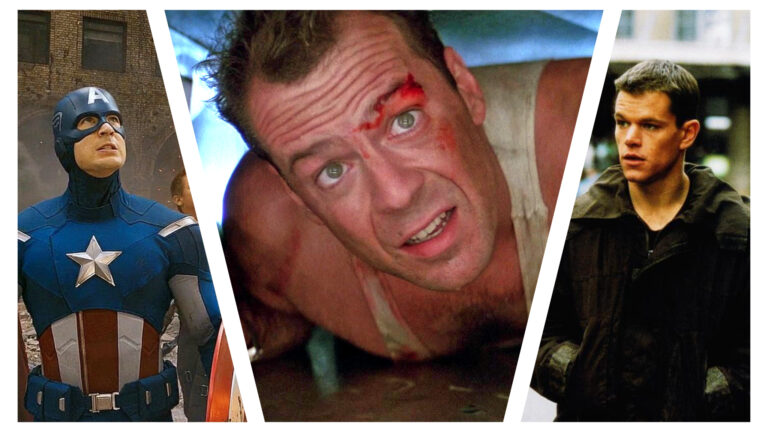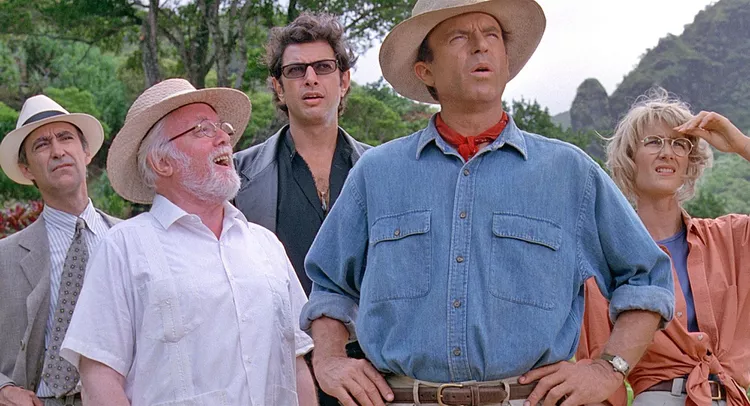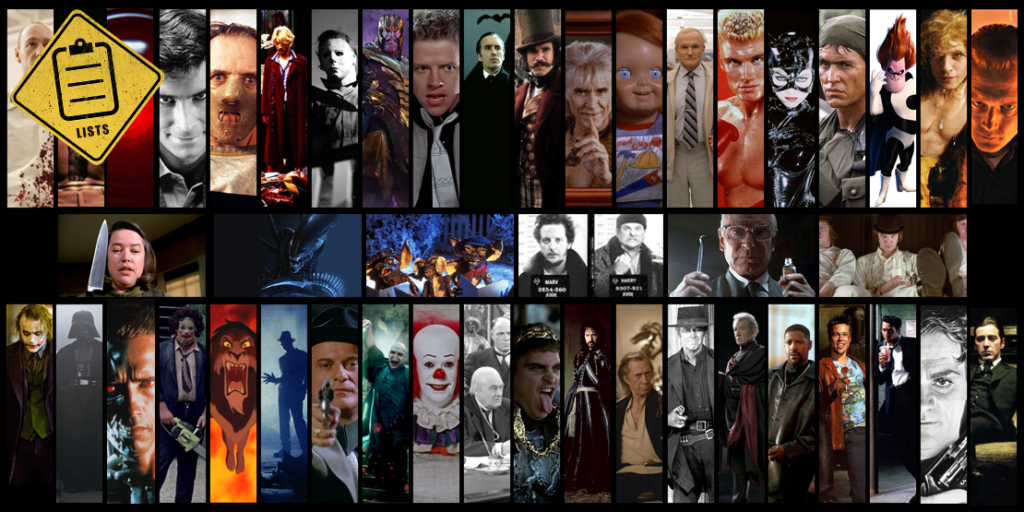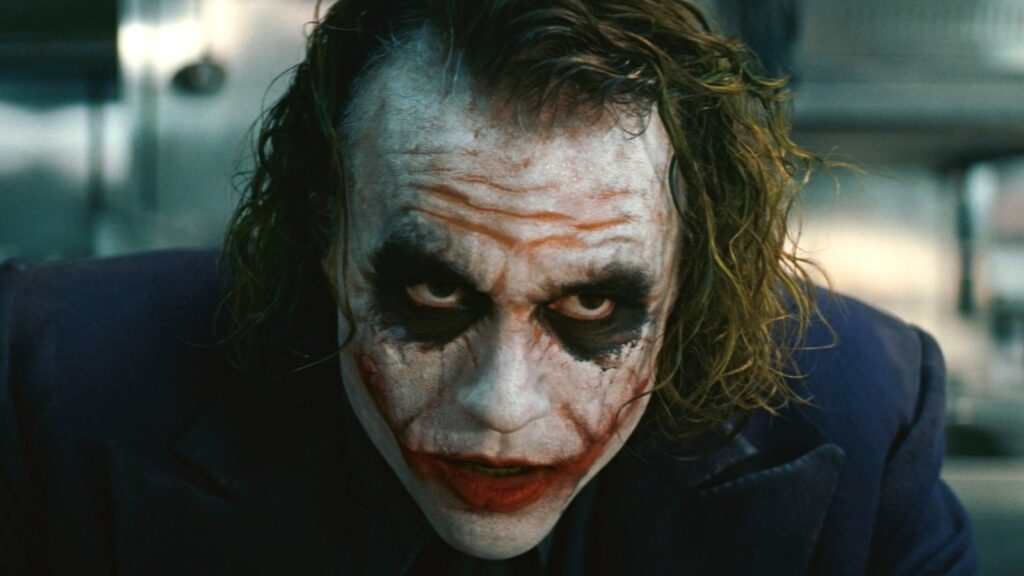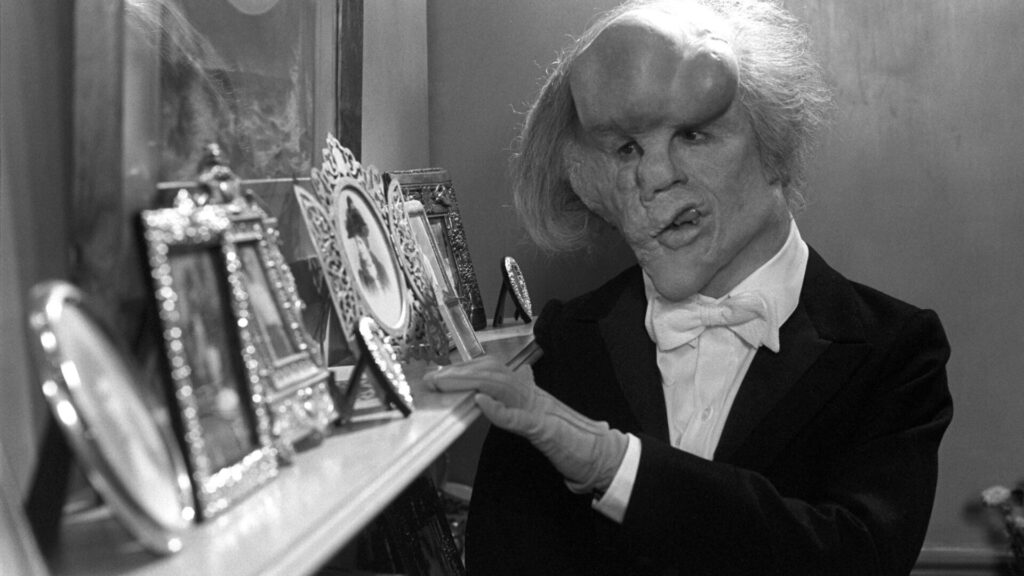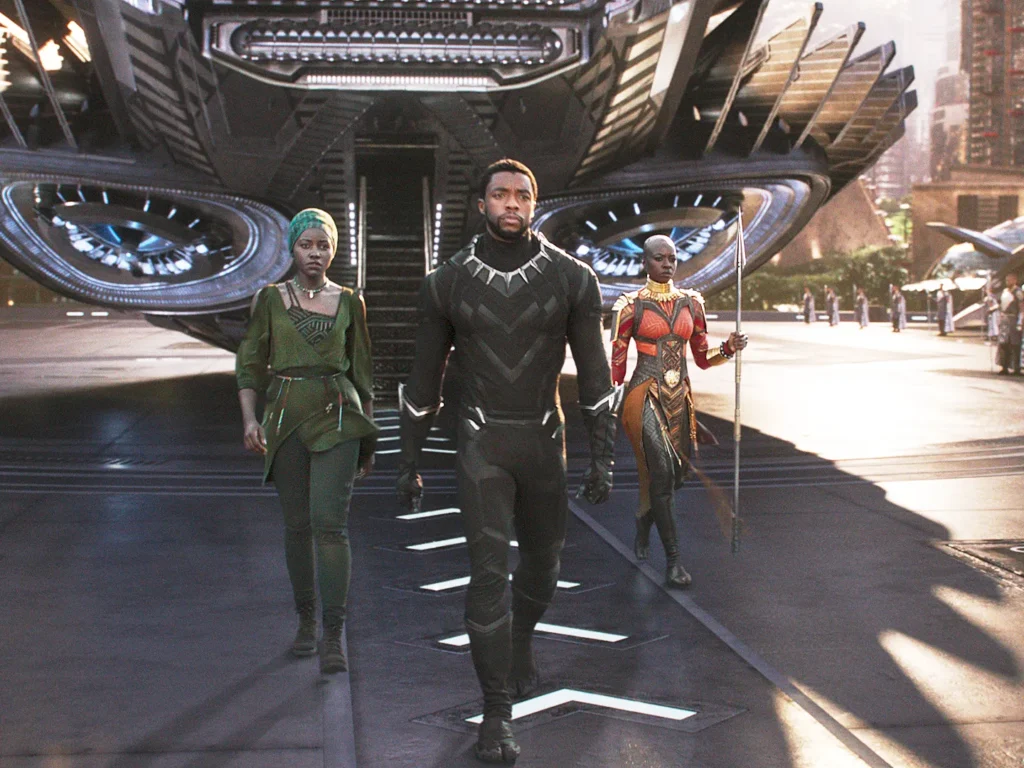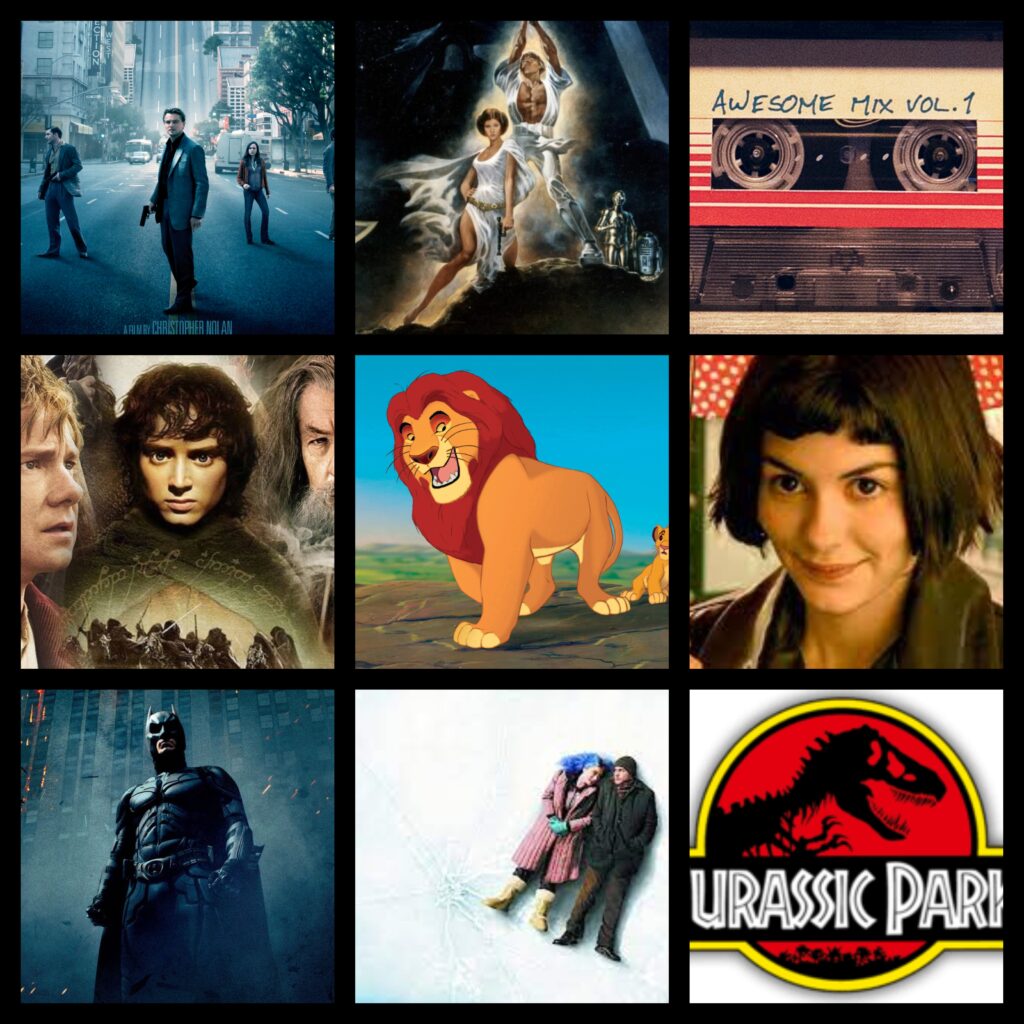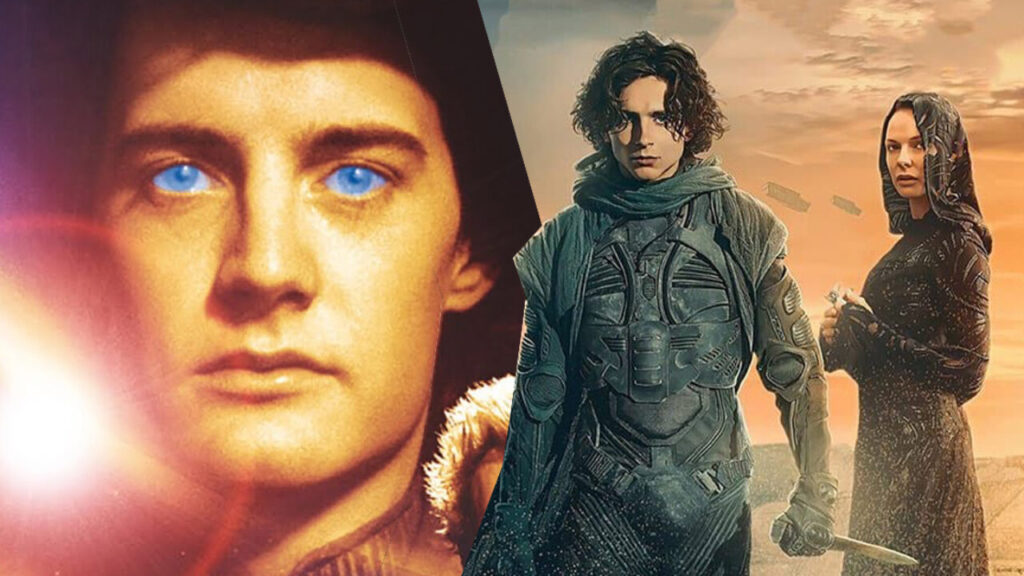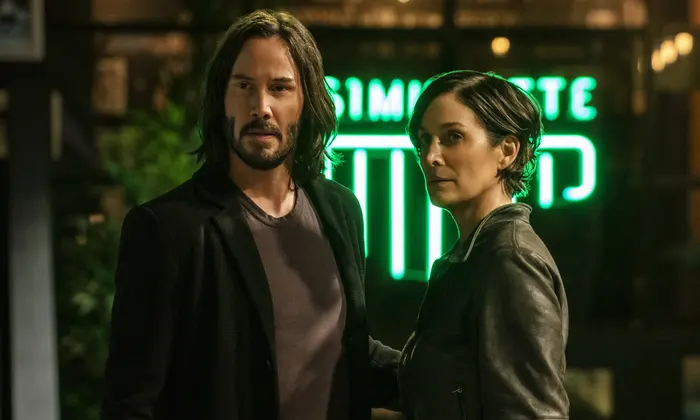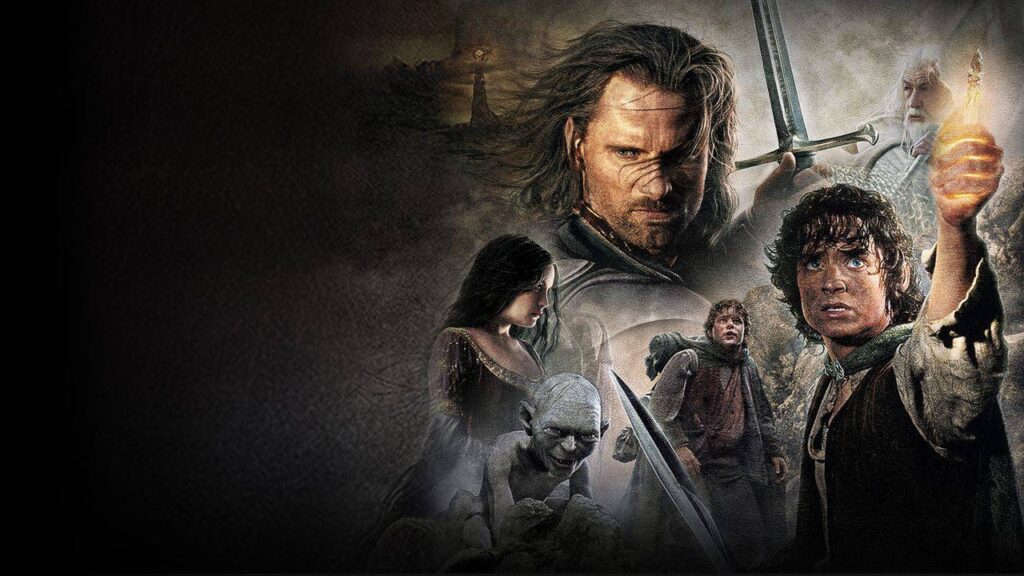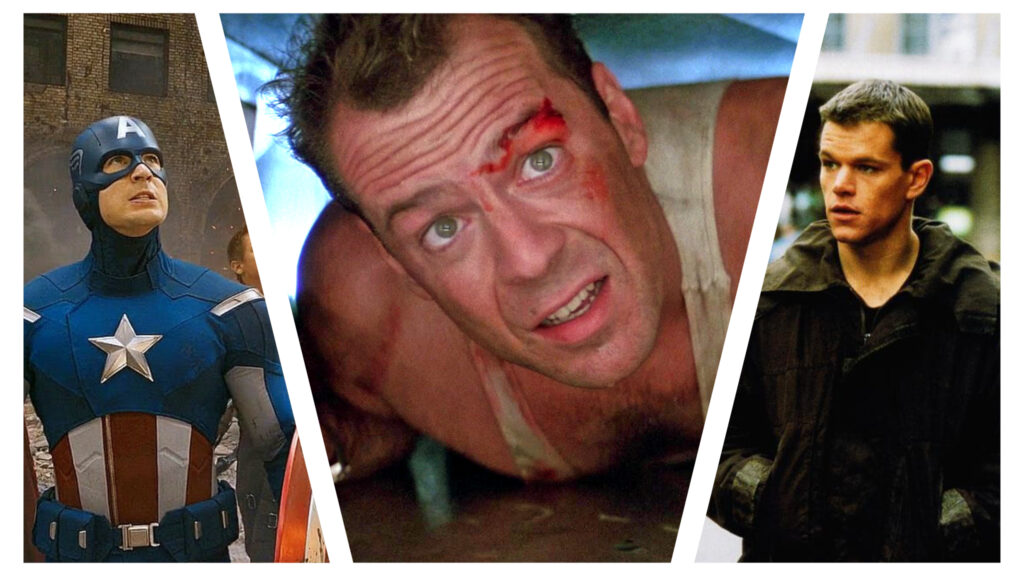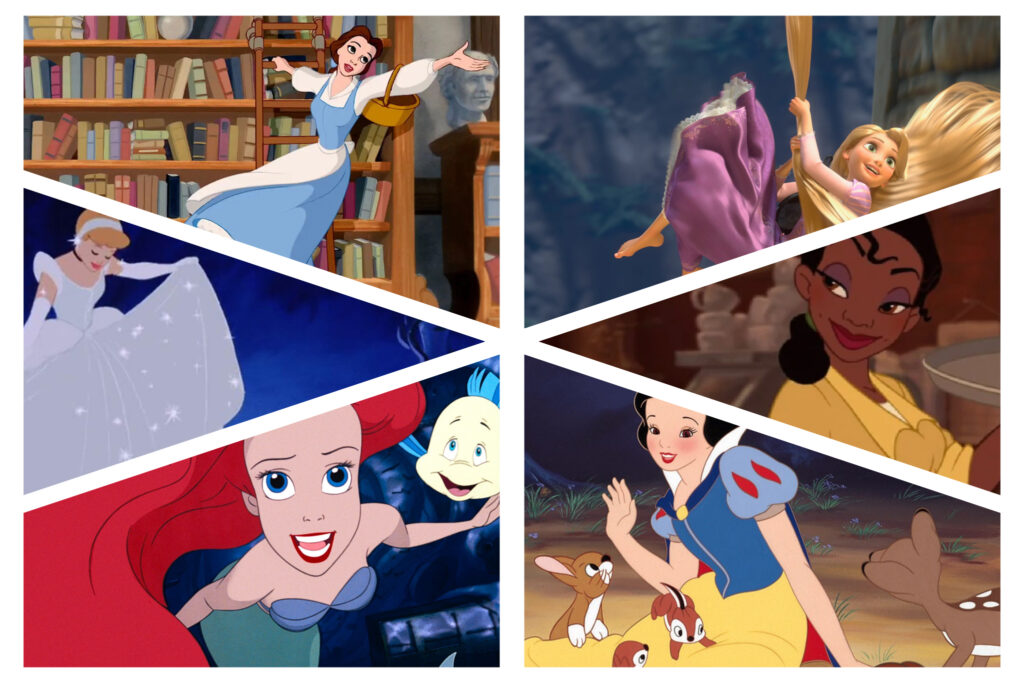Exploring the Human Condition: A Comparative Analysis of 'Blade Runner' (1982) and 'Blade Runner 2049' (2017)

Science fiction has always been a genre that allows filmmakers to explore complex themes and speculate about the future of humanity. Few films have exemplified this as profoundly as Ridley Scott’s “Blade Runner” (1982) and Denis Villeneuve’s “Blade Runner 2049” (2017). Both films are set in a dystopian future where advanced artificial beings, known as replicants, challenge our understanding of what it means to be human. In this comparative analysis, we delve into these two masterpieces, examining their themes, character development, cinematography, and storytelling approaches.
Themes of Humanity and Identity

“Blade Runner” (1982) primarily focuses on the hunt for rogue replicants by Rick Deckard, played by Harrison Ford, a blade runner tasked with “retiring” them. The film raises profound questions about the nature of humanity. It challenges viewers to consider whether replicants, despite being artificial, possess the essence of humanity, and whether their quest for extended lifespans is a testament to their desire for self-preservation.

In contrast, “Blade Runner 2049” (2017) extends these themes by introducing K, portrayed by Ryan Gosling, a replicant who is a blade runner himself. The film explores his journey of self-discovery and questions the very foundation of identity. Villeneuve’s sequel delves into the idea that memories, even if artificially implanted, can shape one’s sense of self. This extension of the original theme adds depth to the exploration of what it means to be human.
Character Development

One of the striking differences between the two films is the depth of character development. “Blade Runner” is centered around Deckard’s morally ambiguous character as he confronts replicants and grapples with his own humanity. The film leaves much to interpretation regarding his origins and inner conflicts.

On the other hand, “Blade Runner 2049” provides more nuanced character development, especially in the case of K. His journey from obedient replicant to self-aware individual is a central focus of the story. The film’s portrayal of K’s emotional complexity and the layers of his character invites the audience to empathize with him on a deeper level.
Cinematography and World-Building

Ridley Scott’s “Blade Runner” is celebrated for its groundbreaking visual effects and neo-noir aesthetic. The film’s dystopian Los Angeles is a sprawling, rain-soaked cityscape filled with neon lights, towering skyscrapers, and multicultural influences. The film’s cinematography, led by Jordan Cronenweth, creates a dark and moody atmosphere that immerses viewers in its bleak future.
“Blade Runner 2049,” helmed by acclaimed cinematographer Roger Deakins, builds upon the visual legacy of its predecessor. It retains the iconic neon-noir aesthetic but adds a sense of desolation and vastness to the world. The film’s stunning cinematography enhances the audience’s immersion into a future that is both hauntingly beautiful and unsettlingly empty.
Storytelling Approaches

“Blade Runner” is known for its enigmatic storytelling and ambiguity. The film leaves key questions unanswered, such as Deckard’s true nature and the ultimate fate of the replicants. This ambiguity allows viewers to engage in debates and discussions about the film’s deeper meanings.
“Blade Runner 2049” retains some of this ambiguity but offers a more comprehensive narrative. The film provides answers to some of the questions posed in the original while introducing new mysteries and philosophical dilemmas. Its storytelling is intricate and thought-provoking, rewarding viewers who appreciate a more comprehensive exploration of its themes.
“Blade Runner” (1982) and “Blade Runner 2049” (2017) are two cinematic gems that have left an indelible mark on the science fiction genre. While the original is celebrated for its pioneering visual style and exploration of humanity, the sequel expands upon these themes and provides a more in-depth character study. Both films challenge our perceptions of what it means to be human, leaving us pondering questions about identity, memory, and the nature of existence.
In a world where the future of artificial intelligence and its implications for humanity are becoming increasingly relevant, these films serve as timeless reminders of the ethical and philosophical dilemmas that await us. Whether viewed as standalone classics or as a seamless progression from past to future, the “Blade Runner” series remains a testament to the enduring power of science fiction cinema to stimulate our intellect and touch our hearts.
